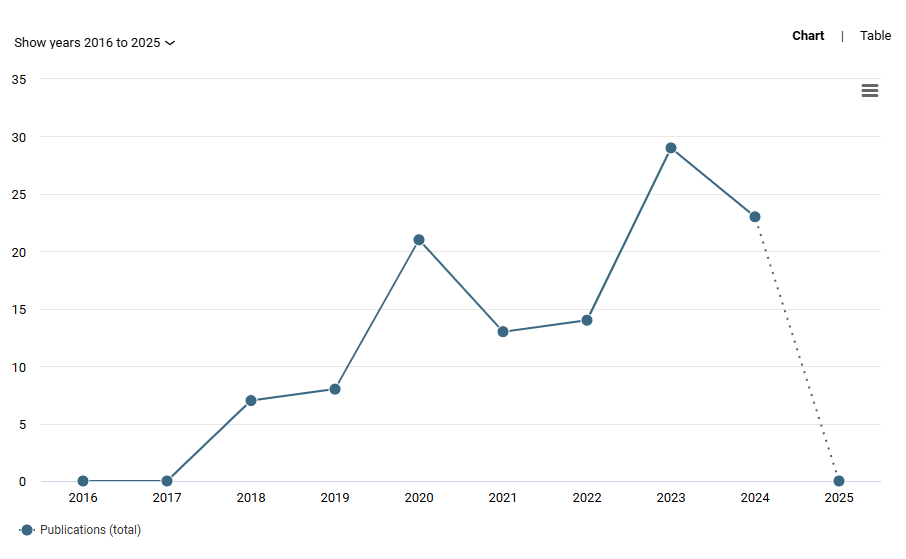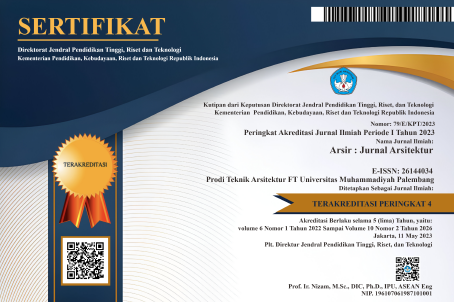Tiny House Reviewed with Anthropometrical Space Simulation in Indonesia
DOI:
https://doi.org/10.32502/arsir.v8i2.100Keywords:
Tiny House, Antropometri, Konfirgurasi ruang,MinimalisAbstract
Tiny houses generally emphasise more on design balance than size, users will prefer to use multifunctional furniture to minimise the use of a lot of furniture and optimize space (Pratiwi, 2023). The small size makes room divisions made as efficient as possible but sufficient for the needs of residents. So this research was conducted to find anthropometric movement systems of Indonesians against tiny houses.In this study, measurement data from research objects were simulated through the identification of space functions, furniture and activities in it.Then described in the form of layouts by displaying space patterns and functions. The population living in the 3(three) types of tiny houses located in 3(three) different areas in Bali. Simulation is done using computers and software in the form of Sketch Up. From the results of the study, it can be seen that tiny houses with thoughtful design can turn even the smallest space into a functional and comfortable living environment. The room looks bigger and multifunctional when combined. The use of minimalist furniture also affects the design of the existing room, where the right selection makes a broad impression, but otherwise the room can seem cramped.
Downloads
Published
How to Cite
Issue
Section
License
Copyright (c) 2024 Lilian Putri Litaay, James ED Rialtupa, Aryantono Martowardjoyo

This work is licensed under a Creative Commons Attribution-ShareAlike 4.0 International License.
Arsir: Jurnal Arsitektur (AJA) have CC-BY-SA or an equivalent license as the optimal license for the publication, distribution, use, and reuse of scholarly work.
Authors who publish Arsir: Jurnal Arsitektur (AJA) agree to the following terms: Authors retain copyright and grant the Arsir: Jurnal Arsitektur (AJA) right of first publication with the work simultaneously licensed under a Creative Commons Attribution License (CC BY-SA 4.0) that allows others to share (copy and redistribute the material in any medium or format) and adapt (remix, transform, and build upon the material) the work for any purpose, even commercially, with an acknowledgement of the work's authorship and initial publication in Arsir: Jurnal Arsitektur (AJA). Authors are able to enter into separate, additional contractual arrangements for the non-exclusive distribution of the journal's published version of the work (e.g., post it to an institutional repository or publish it in a book), with an acknowledgement of its initial publication in Arsir: Jurnal Arsitektur (AJA). Authors are permitted and encouraged to post their work online (e.g., in institutional repositories or on their website) prior to and during the submission process, as it can lead to productive exchanges as well as earlier and greater citation of published work (see The Effect of Open Access).
![]()
Work is distributed below This work is licensed under a Creative Commons Attribution-ShareAlike 4.0 International License.










